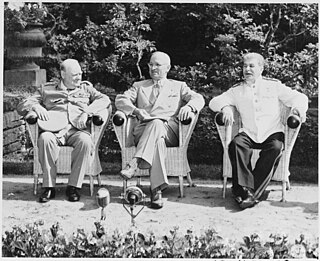
The Potsdam Conference was held in Potsdam, Germany, from July 17 to August 2, 1945 to allow the three leading Allies to plan the postwar peace, while avoiding the mistakes of the Paris Peace Conference of 1919. The participants were the Soviet Union, the United Kingdom, and the United States. They were represented respectively by General Secretary Joseph Stalin, Prime Ministers Winston Churchill and Clement Attlee, and President Harry S. Truman. They gathered to decide how to administer Germany, which had agreed to an unconditional surrender nine weeks earlier. The goals of the conference also included establishing the postwar order, solving issues on the peace treaty, and countering the effects of the war.

The Potsdam Agreement was the August 1945 agreement between three of the Allies of World War II: the United Kingdom, the United States, and the Soviet Union. A product of the Potsdam Conference, it concerned the military occupation and reconstruction of Germany, its borders, and the entire European Theatre of War territory. It also addressed Germany's demilitarisation, reparations, the prosecution of war criminals and the mass expulsion of ethnic Germans from various parts of Europe.
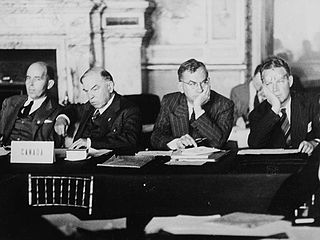
The Paris Peace Treaties were signed on 10 February 1947 following the end of World War II in 1945. The Paris Peace Conference lasted from 29 July until 15 October 1946. The victorious wartime Allied powers negotiated the details of peace treaties with Italy, Romania, Hungary, Bulgaria and Finland. The treaties allowed the defeated Axis powers to resume their responsibilities as sovereign states in international affairs and to qualify for membership in the United Nations.
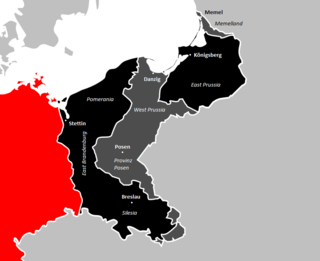
The former eastern territories of Germany refer in present-day Germany to those territories east of the current eastern border of Germany which historically had been considered German and which were lost by Germany after World War II. Territories acquired by Poland after World War II were officially called there the Recovered Territories.
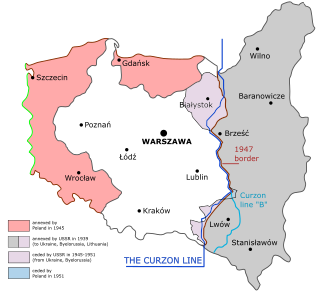
At the end of World War II, Poland underwent major changes in its territorial extent. In 1945, after the defeat of Nazi Germany, the Oder–Neisse line became its western border, and the Curzon Line its eastern border, in accordance with the decisions made first by the Allies at the Tehran Conference of 1943 where the Soviet Union demanded the recognition of the line proposed by British Foreign Secretary Lord Curzon in 1920.
Following the termination of hostilities in World War II, the Allies were in control of the defeated Axis countries. Anticipating the defeat of Germany and Japan, they had already set up the European Advisory Commission and a proposed Far Eastern Advisory Commission to make recommendations for the post war period. Accordingly, they managed their control of the defeated countries through Allied Commissions, often referred to as Allied Control Commissions (ACC), consisting of representatives of the major Allies.
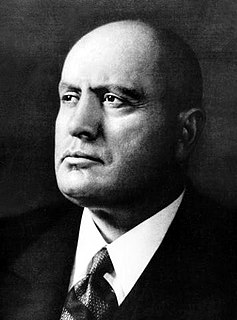
This timeline of events preceding World War II covers the events of the interwar period (1918–1939) after World War I that affected or led to World War II.

Relations between the Soviet Unionand Japan between the Communist takeover in 1917 and the collapse of Communism in 1991 tended to be hostile. Japan had sent troops to counter the Bolshevik presence in Russia's Far East during the Russian Civil War, and both countries had been in opposite camps during World War II and the Cold War. In addition, territorial conflicts over the Kuril Islands and South Sakhalin were a constant source of tension. These, with a number of smaller conflicts, prevented both countries from signing a peace treaty after World War II, and even today matters remain unresolved.

Following the collapse and defeat of Nazi Germany in World War II, the victorious Allies asserted joint authority and sovereignty over Germany as a whole, collectively known as Allied-occupied Germany, defined as all territories of the former German Reich west of the Oder–Neisse line, having declared the destruction of Nazi Germany at the death of Adolf Hitler. The four powers divided "Germany as a whole" into four occupation zones for administrative purposes under the three Western Allies and the Soviet Union, respectively. This division was ratified at the August 1945 Potsdam Conference. The four zones were agreed by the United States, United Kingdom and Soviet Union at the February 1945 Yalta Conference, setting aside an earlier division into three zones proposed by the September 1944 London Protocol.
An international zone is any area not fully subject to the border control policies of the state in which it is located. There are several types of international zones ranging from special economic zones and sterile zones at ports of entry exempt from customs rules to concessions over which administration is ceded to one or more foreign states. International zones may also maintain distinct visa policies from the rest of the surrounding state.
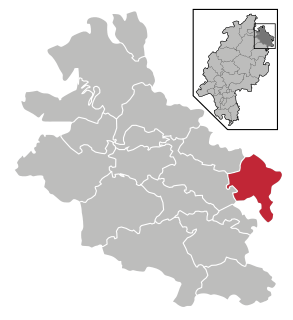
Wanfried is a town in the Werra-Meißner-Kreis in northeasternmost Hesse, Germany. It is classified as a Landstadt, a designation given in Germany to a municipality that is officially a town (Stadt), but whose population is below 5,000. It literally means “country town”.
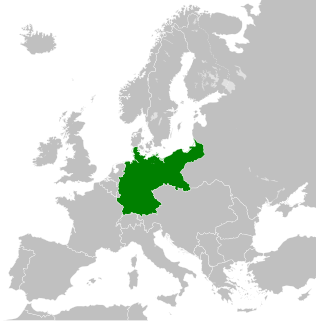
The territorial changes of Germany include all changes in the borders and territory of Germany from its formation in 1871 to the present. Modern Germany was formed in 1871 when Otto von Bismarck unified most of the German states, with the notable exception of Austria, into the German Empire. After the First World War, Germany lost about 10% of its territory to its neighbours and the Weimar Republic was formed. This republic included territories to the east of today's German borders.
The German–Polish Border Treaty of 1990 finally settled the issue of the Polish–German border, which in terms of international law had been pending since 1945. It was signed by the foreign ministers of Poland and Germany, Krzysztof Skubiszewski and Hans-Dietrich Genscher, on 14 November 1990 in Warsaw, ratified by the Polish Sejm on 26 November 1991 and the German Bundestag on 16 December 1991, and entered into force with the exchange of the instruments of ratification on 16 January 1992.

The Border Agreement between Poland and the USSR of 16 August 1945 established the borders between the Union of Soviet Socialist Republics (USSR) and the Republic of Poland. It was signed by the Provisional Government of National Unity formed by the Polish communists. According to the treaty, Poland officially accepted the ceding its pre-war Eastern territory to the USSR (Kresy) which was decided earlier in Yalta already. Some of the territory along the Curzon line, established by Stalin during the course of the war, was returned to Poland. The treaty also recognised the division of the former German East Prussia and ultimately approved the finalised delimitation line between the Soviet Union and Poland: from the Baltic sea, to the border tripoint with Czechoslovakia in the Carpathians. The agreement entered into force on 5 February 1946.
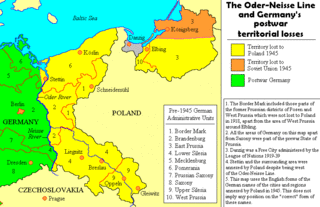
The Oder–Neisse line is the basis of most of the international border between Germany and Poland. It runs mainly along the Oder and Lusatian Neisse rivers and meets the Baltic Sea in the north, just west of the ports of Szczecin and Świnoujście.
The development of the inner German border took place in a number of stages between 1945 and the mid-1980s. After its establishment in 1945 as the dividing line between the Western and Soviet occupation zones of Germany, in 1949 the inner German border became the frontier between the Federal Republic of Germany and the German Democratic Republic. The border remained relatively easy to cross until it was abruptly closed by the GDR in 1952 in response to the large-scale emigration of East Germans to the West. Barbed-wire fences and minefields were installed and draconian restrictions were placed on East German citizens living near the border. Thousands were expelled from their homes, with several thousand more fleeing to the West. From the late 1960s, the border fortifications were greatly strengthened through the installation of new fences, detectors, watchtowers and booby-traps designed to prevent attempts to escape from East Germany. The improved border defences succeeded in reducing the scale of unauthorised emigration to a trickle.

The Göttingen–Bebra railway is a mainline railway in Germany, running north–south, which mainly serves through traffic. It is part of the old North–South railway and until 1991 Intercity trains ran on it. Today it is used mainly by freight trains, as well as regional and night passenger trains.
During the division of Germany (1945–1990), West Berlin was controlled by the Western Allies, but was completely surrounded by the territory of East Germany and East Berlin. Twelve small areas of land belonging to West Berlin were not connected by land to the rest of West Berlin, but were exclaves surrounded by the East German territory. There was also Tiefwerder, an inhabited East German exclave within West Berlin.

William Thaddeus Sexton was a major general of the United States Army who participated in World War II. William Thaddeus Sexton was born on September 3, 1901 to James William Sexton and his wife Fannie (Davis) Sexton.















